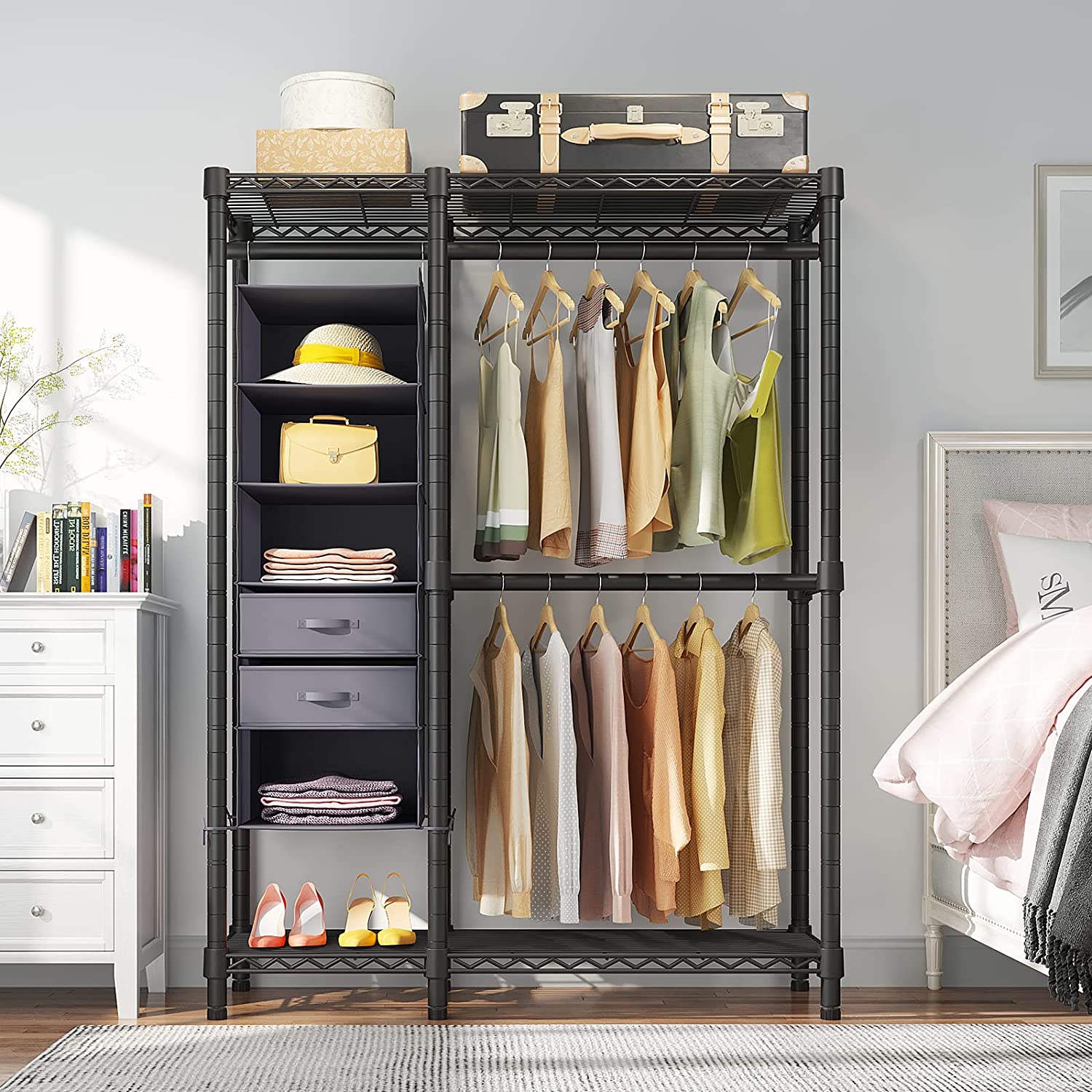

Articles
How To Organize A Small Closet
Modified: January 19, 2024
Learn effective strategies for maximizing bedroom storage in small closets. Discover tips for organizing and decluttering to create a functional and tidy space.
(Many of the links in this article redirect to a specific reviewed product. Your purchase of these products through affiliate links helps to generate commission for Storables.com, at no extra cost. Learn more)
Introduction
Welcome to our guide on how to organize a small closet. If you’re struggling to find space for your clothes and accessories, you’re not alone. Small closets can be a challenge to keep tidy and efficient, but with the right strategies, you can maximize every inch of space and transform your cluttered closet into an organized oasis.
A well-organized closet not only saves you time by making it easier to find what you need, but it can also reduce stress and create a sense of calm in your daily routine. By following the steps in this guide, you’ll be able to optimize your small closet and make the most of the space available.
In the sections below, we will explore how to assess your needs, effectively sort and declutter your belongings, maximize space utilization, utilize storage solutions, and organize clothing and accessories. Additionally, we will discuss the importance of maintaining an organized closet and continually reevaluating your storage system.
Organizing a small closet may seem overwhelming at first, but remember that every step you take brings you closer to your goal of a well-organized space. So, let’s roll up our sleeves and dive into the process of transforming your small closet into a functional and aesthetically pleasing storage solution.
Key Takeaways:
- Maximize space utilization by using vertical space, hooks, and storage containers. Implement a rotating wardrobe system to optimize every inch of your small closet.
- Utilize storage solutions like hanging organizers, drawer dividers, and shoe racks to create a customized and efficient storage system. Organize clothing and accessories by category and maintain the organization with regular decluttering and reevaluation.
Read more: How To Organize A Small Closet
Assessing your needs
Before diving into organizing your small closet, it’s important to assess your needs and determine what you have, what you use regularly, and what you can do without. This step is crucial for creating an effective organization plan tailored to your specific requirements.
Start by taking everything out of your closet and evaluating each item. Ask yourself if it’s something you still wear or use. If you haven’t worn or used an item in over a year, it may be time to let it go. Consider donating or selling items that are still in good condition but no longer serve a purpose in your life.
Next, think about your storage preferences. Do you prefer hanging your clothes or folding them? Are there any specific accessories, like belts or scarves, that require special storage solutions? Understanding your storage needs will help you make better decisions when it comes to selecting organizing tools and strategies.
Another important factor to consider is your lifestyle. Are you a working professional, a busy parent, or someone with specific hobbies? Your daily routine and activities will influence the type and amount of clothing you need to store. Take into account the different categories of items, such as work attire, casual wear, special occasion outfits, and sports gear.
Finally, assess the available space in your closet. Measure the dimensions and consider any limitations, such as low ceilings or sloped walls. By understanding the constraints of your small closet, you can make more informed choices about storage solutions and maximize every inch of space.
Once you have assessed your needs, you can start planning the organization of your small closet with a clear vision in mind. Remember, the goal is to create a space that is both functional and aesthetically pleasing, so take your time during this phase to ensure you set yourself up for success.
Sorting and decluttering
Now that you’ve assessed your needs and have a clear understanding of what you have, it’s time to tackle the sorting and decluttering process. This step is essential for creating a streamlined and efficient small closet.
Start by categorizing your items into different groups, such as tops, bottoms, dresses, accessories, etc. This will allow you to see the quantity of items you have in each category and make it easier to organize them later on.
As you go through each category, be honest with yourself about what you truly need and use. Dispose of any items that are damaged, no longer fit, or are outdated. It can be challenging to let go of certain items, especially if they hold sentimental value, but remember that clearing out the clutter will make room for items that you truly love and use regularly.
If you’re unsure about letting go of certain items, try implementing the “three-box method”. Label three boxes as “Keep”, “Donate/Sell”, and “Maybe”. Place items you’re sure you want to keep in the “Keep” box, items you no longer need or want in the “Donate/Sell” box, and items you’re unsure about in the “Maybe” box. After a designated period of time, re-evaluate the items in the “Maybe” box and make a final decision.
As you declutter, consider the storage space within your small closet. Be mindful of how much space you have for hanging items, folded items, and accessories. Eliminating excess items will make it easier to organize and access your belongings, allowing you to fully maximize the available space.
Remember to properly dispose of or donate the items you no longer want. Donating to charity or selling items online can not only declutter your closet but also give someone else the opportunity to enjoy them.
By sorting and decluttering your closet, you’re eliminating unnecessary items and creating a foundation for a well-organized space. With a smaller inventory of items, you’ll be better equipped to organize them in a way that optimizes space and makes it easier to maintain the organization in the long run.
Maximizing space utilization
One of the key challenges of organizing a small closet is making the most of the limited space available. Thankfully, there are several strategies you can implement to optimize space utilization and create a functional and efficient storage solution.
First, consider utilizing vertical space. Install shelves or hanging organizers that extend all the way to the ceiling to take advantage of the often-underutilized upper areas of your closet. This allows you to store items that are used less frequently or are out of season, keeping them neatly organized and out of the way.
Another effective way to maximize space is by using hooks and hangers. Install hooks on the back of the closet door or on the walls to hang items like belts, scarves, and handbags. Utilize slim hangers to maximize hanging space for clothing items, and consider cascading hangers to hang multiple pieces vertically.
Make use of the inside of the closet door by attaching an over-the-door shoe organizer or a clear pocket organizer. This provides additional storage for shoes, small accessories, or other essentials while keeping them easily visible and accessible.
Additionally, consider using storage containers and bins to further optimize space utilization. Choose containers that are stackable and fit the dimensions of your closet shelves. Use them to store items like sweaters, folded clothes, or accessories. Label each container to keep things organized and easily accessible.
Don’t forget to utilize floor space as well. Invest in an under-bed storage container or rolling storage cart that can fit beneath the hanging clothes. These containers can be used to store bulkier items, such as out-of-season shoes or extra blankets.
Lastly, consider implementing a rotating system for your wardrobe. As the seasons change, rotate your clothing items so that only the current season’s clothes are easily accessible in your closet. Store out-of-season items in vacuum-sealed bags or storage boxes and place them in a designated storage area in your home.
By implementing these space-maximizing strategies, you’ll be able to make the most of every inch in your small closet. Creating a well-organized and efficient space will not only make it easier to find and access your belongings but also enhance the overall functionality of your closet.
Use slim hangers to maximize space, install shelves or hanging organizers, and use storage bins or baskets to keep small items organized and easily accessible.
Utilizing storage solutions
When organizing a small closet, utilizing the right storage solutions can make a significant difference in maximizing space efficiency and keeping your belongings well-organized. There are a variety of storage solutions available to help you optimize your small closet and create a customized storage system.
One popular storage solution is using hanging organizers. These come in various styles, such as hanging shelves, pocket organizers, or cubbies. Hanging organizers are great for storing folded items like sweaters, jeans, or t-shirts. They can be hung from the closet rod or mounted on the back of the closet door, allowing you to make use of vertical space.
Another useful storage solution is drawer dividers. These dividers help separate and organize your clothing items within drawers, making it easier to find and access specific items. They are especially handy for organizing smaller items like socks, underwear, and accessories.
If you have limited hanging space, consider using cascading hangers. These hangers allow you to hang multiple garments vertically, saving space and keeping your clothes wrinkle-free. They are particularly useful for organizing pants, skirts, or tank tops.
Shoe racks or shoe organizers are essential for keeping your shoes organized and preventing them from cluttering the floor of your closet. You can choose from various options, including over-the-door shoe organizers, hanging shoe organizers, or shoe racks that can be placed on the closet floor.
Another storage solution that can help maximize space is modular storage cubes or shelves. These versatile units can be configured to fit your closet space, allowing you to store folded clothes, shoes, accessories, or even bins for miscellaneous items. They can be easily assembled and customized to your specific needs.
Clear storage boxes or bins are also beneficial for small closets. They allow you to see the contents at a glance while keeping them protected and organized. Use these boxes to store items like handbags, scarves, or belts, as well as things you want to keep within reach but not on display.
Don’t overlook the power of hooks and hanging rods. Installing additional hooks on the walls or on the inside of the closet door can provide extra hanging space for clothing items or accessories. Hanging rods can be added under shelves or on the sides of the closet to utilize vertical space effectively.
Remember, the storage solutions you choose should align with your specific needs, available space, and the types of items you need to store. By incorporating these storage solutions into your small closet, you can create a customized and efficient system that maximizes space and keeps your belongings neatly organized.
Organizing clothing and accessories
Now that you have decluttered, assessed your needs, and maximized space utilization in your small closet, it’s time to focus on organizing your clothing and accessories. This step will help ensure that everything has a designated place and is easily accessible when you need it.
Start by organizing your clothing by category. Separate tops, bottoms, dresses, and outerwear into different sections of your closet. Within each category, further organize items by color or style. This will not only make it easier to find specific items but also create an aesthetically pleasing display.
When hanging clothing, use slim hangers to save space and prevent excess bulk. Hang clothing that wrinkles easily, such as dresses or blouses, on higher rods with enough space beneath for longer items to hang freely. Consider using velvet or non-slip hangers for delicate fabrics or slippery materials like silk.
Fold items like t-shirts, sweaters, and jeans, and stack them neatly on shelves or in drawers. Utilize dividers within drawers to separate different types of clothing or accessories, such as socks or belts. You can also arrange folded items vertically, similar to filing, to maximize space and visibility.
For smaller accessories like scarves, belts, or ties, use hooks or hanging organizers to keep them easily accessible and tangle-free. Install a hook or two on the back of the closet door to hang belts or scarves, or use a dedicated accessory hanger with designated hooks or compartments.
Shoes can be organized in various ways depending on your particular closet layout. Consider using shoe racks or shelves to neatly display your shoes. You can also utilize clear shoeboxes to protect and stack your shoes, allowing you to see each pair at a glance. If space is limited, consider utilizing under-bed shoe storage or an over-the-door shoe organizer.
Jewelry and other small accessories can be stored in dedicated jewelry boxes or organizers with compartments. Utilize the drawers of a vanity or a small dresser within or near your closet. Alternatively, you can opt for a hanging jewelry organizer with clear pockets.
Finally, consider labeling sections of your closet or using color-coded tags to help maintain organization and make it easier to put items back in their designated spots. This simple step can save you time and frustration when searching for specific items or when putting laundry away.
Remember, everyone’s organization needs may vary, so find a system that works best for you. Regularly evaluate your closet organization to ensure it’s still meeting your needs and make adjustments as necessary.
By implementing these tips for organizing your clothing and accessories, you’ll not only create a visually appealing closet but also make your daily routines more efficient and enjoyable.
Maintaining and reevaluating your organized closet
Once you have successfully organized your small closet, the key to long-term success is maintaining the organization and periodically reevaluating your storage system. By incorporating these habits into your routine, you can ensure your closet remains functional, clutter-free, and tailored to your evolving needs.
Maintaining an organized closet starts with practicing good habits. Commit to putting items back in their designated spots after each use. Resist the temptation to toss clothes or accessories onto the nearest surface. By cultivating this habit, you can maintain the order and prevent the re-emergence of clutter.
Regularly declutter your closet to prevent it from becoming overwhelmed with unused or unnecessary items. Set aside time every few months to assess your clothing and accessories and remove anything that no longer serves you. This will help free up space and ensure your closet stays organized and efficient.
Keep an eye out for items that may need repairs or alterations. If you come across an item that needs fixing, set it aside in a designated space for repairs and make a plan to address it. This prevents broken or ill-fitting items from piling up and cluttering your closet.
Reevaluate your storage system periodically to see if it’s still meeting your needs. As your wardrobe and lifestyle change, your storage requirements may shift as well. Take the time to assess whether your current organizing strategies are still effective or if adjustments need to be made.
Consider reorganizing your closet seasonally to rotate your clothing. As the weather changes, switch out items that are out of season and store them away. This not only frees up space for items you need, but it also provides an opportunity to reassess the items you own and determine if any no longer fit your style or lifestyle.
Regularly dust and clean your closet to keep it fresh and free from dirt or dust buildup. Vacuum the floor, wipe down shelves, and use a gentle cleaner to refresh the space. A clean closet not only looks more appealing but also helps maintain the condition of your clothing and accessories.
Lastly, stay mindful of your shopping habits. Avoid impulse purchases and take the time to consider if a new item will truly add value to your wardrobe. By being deliberate with your purchases, you can prevent unnecessary clutter from entering your organized closet.
By incorporating these maintenance and reevaluation habits, you can ensure that your small closet remains organized, functional, and tailored to your needs. Regular maintenance and occasional adjustments will help you to effectively manage your belongings and maintain a clutter-free space.
Conclusion
Congratulations! You have now reached the end of our guide on how to organize a small closet. By following the steps outlined in this guide, you can transform your cluttered and cramped space into an organized and functional storage solution.
Remember that organizing a small closet requires thoughtful planning, assessing your needs, and utilizing the right storage solutions. Start by decluttering and sorting your belongings, only keeping what you truly need and use. Maximize space utilization by utilizing vertical space, adding hooks and hangers, and utilizing storage containers.
Focus on organizing your clothing and accessories by categorizing, folding, and hanging them in an organized manner. Utilize dividers, drawers, and clear containers to keep smaller items easily accessible. Regularly maintain and reevaluate your organized closet to ensure it remains efficient and tailored to your evolving needs.
By maintaining good habits, regularly decluttering, and periodically reevaluating your storage system, you can enjoy a well-organized closet that saves you time, reduces stress, and allows you to start each day with ease.
Organizing a small closet is not a one-time task but an ongoing process. Stay committed to maintaining a clutter-free and well-organized space, and you’ll reap the benefits of a functional and visually pleasing closet for years to come.
Thank you for joining us on this journey to transform your small closet. We hope the insights and tips provided in this guide have been helpful and inspiring. Happy organizing!
Frequently Asked Questions about How To Organize A Small Closet
Was this page helpful?
At Storables.com, we guarantee accurate and reliable information. Our content, validated by Expert Board Contributors, is crafted following stringent Editorial Policies. We're committed to providing you with well-researched, expert-backed insights for all your informational needs.
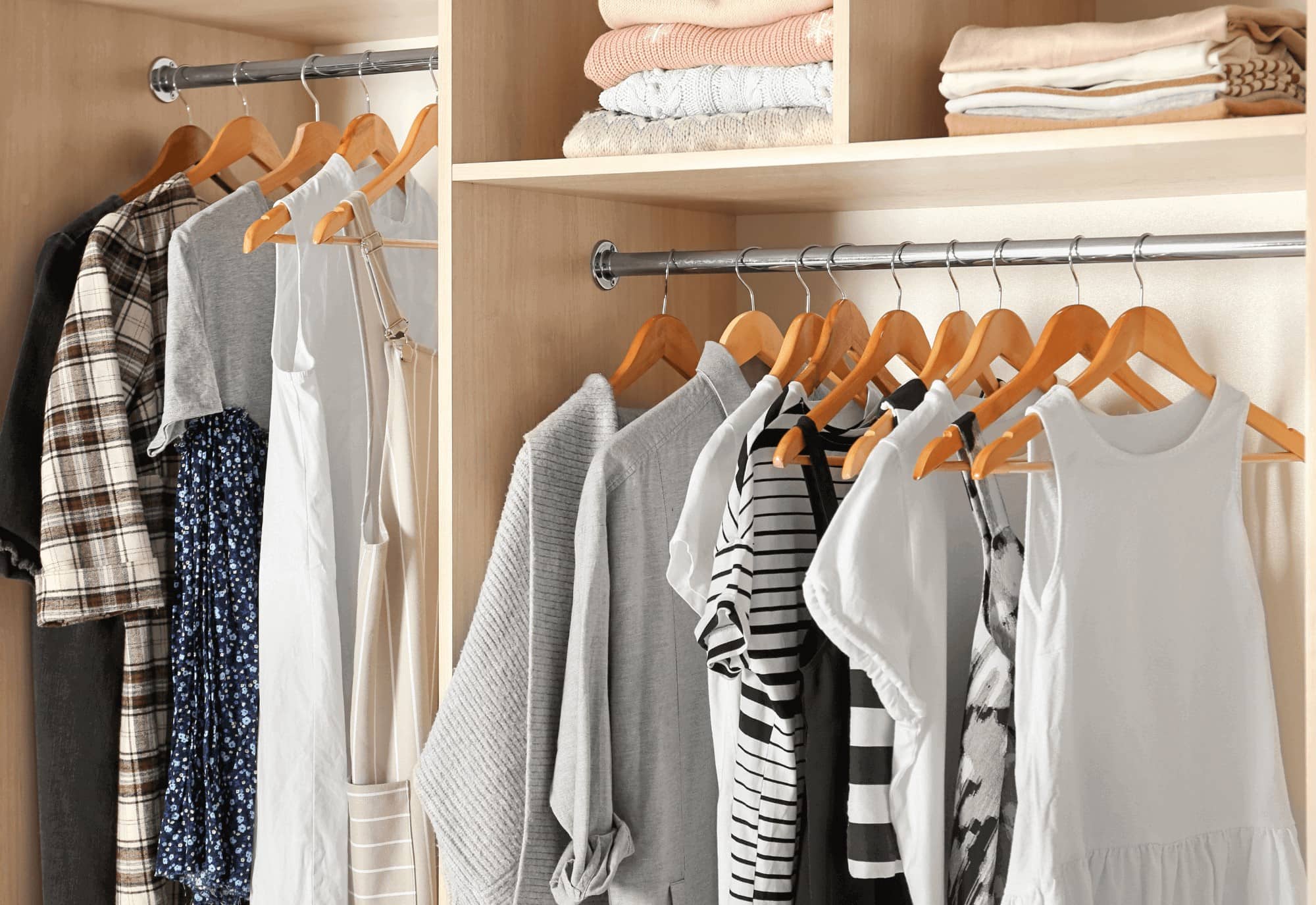
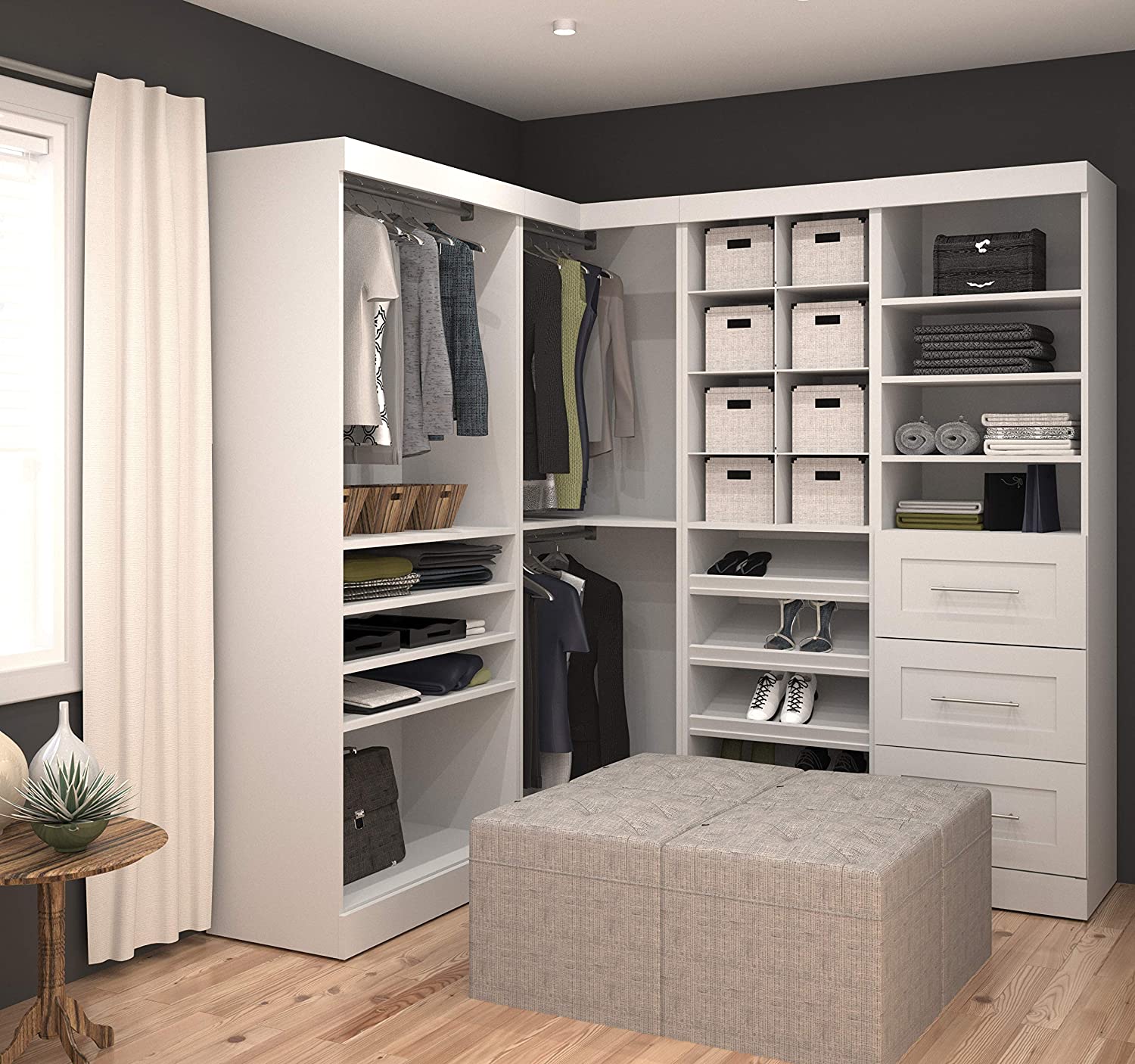
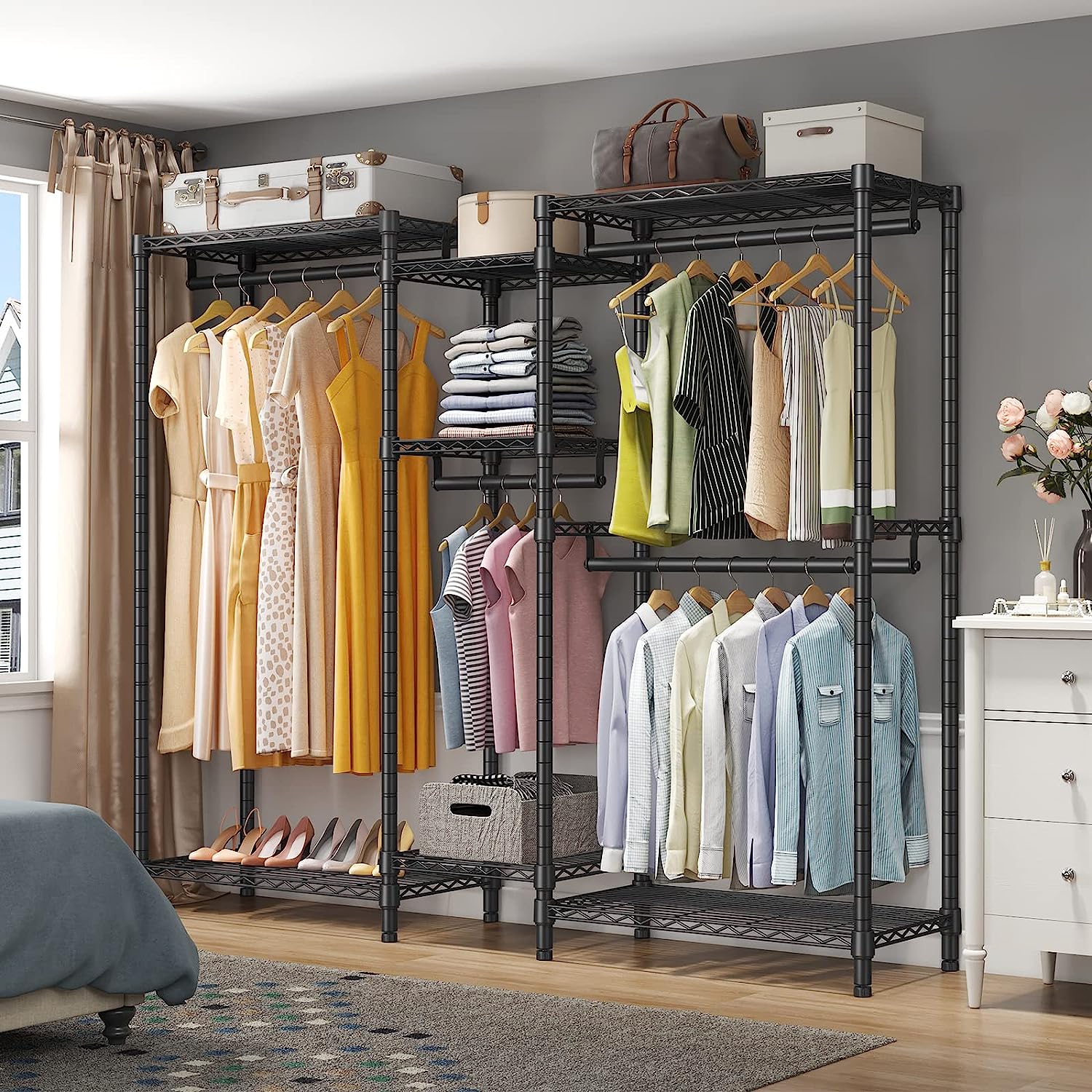
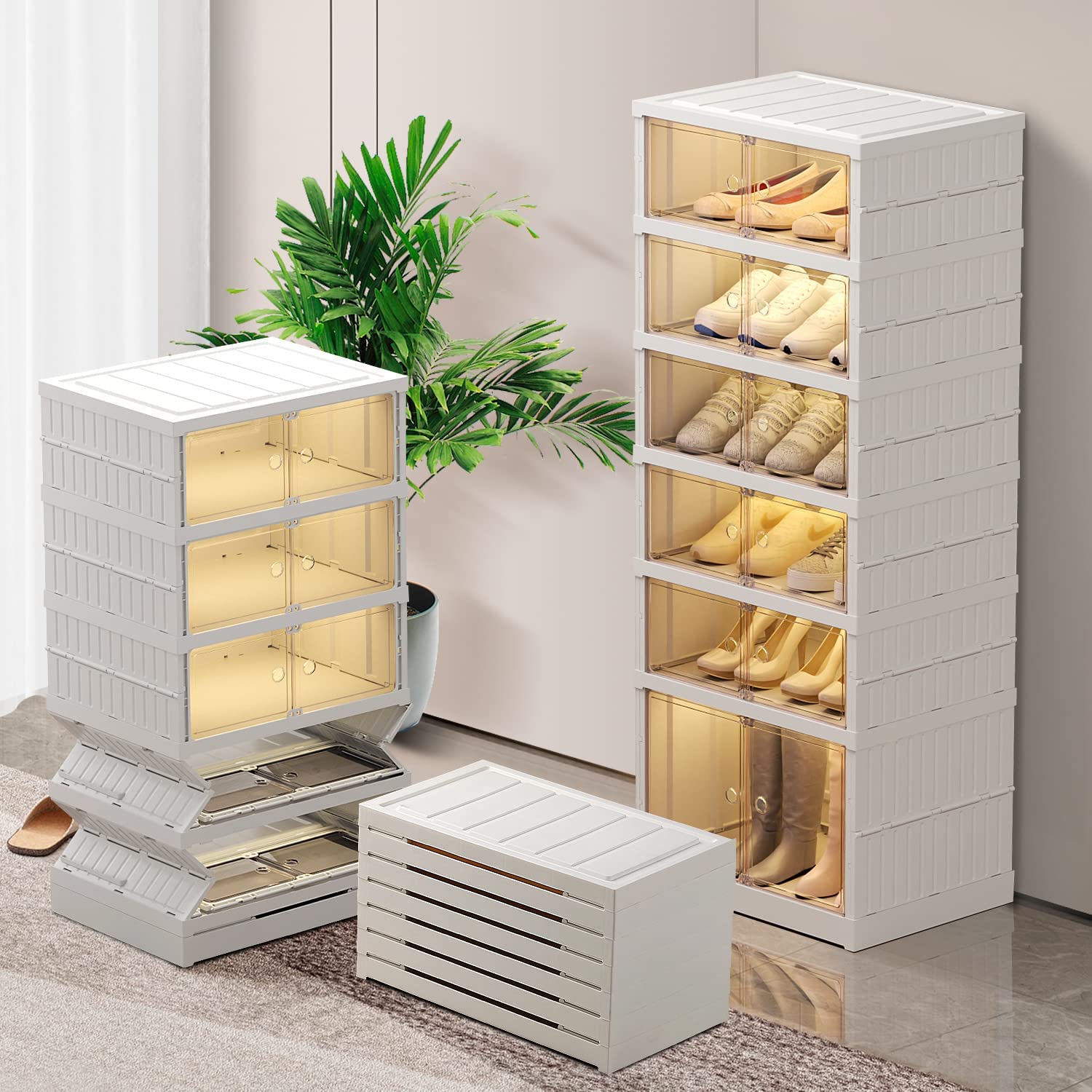
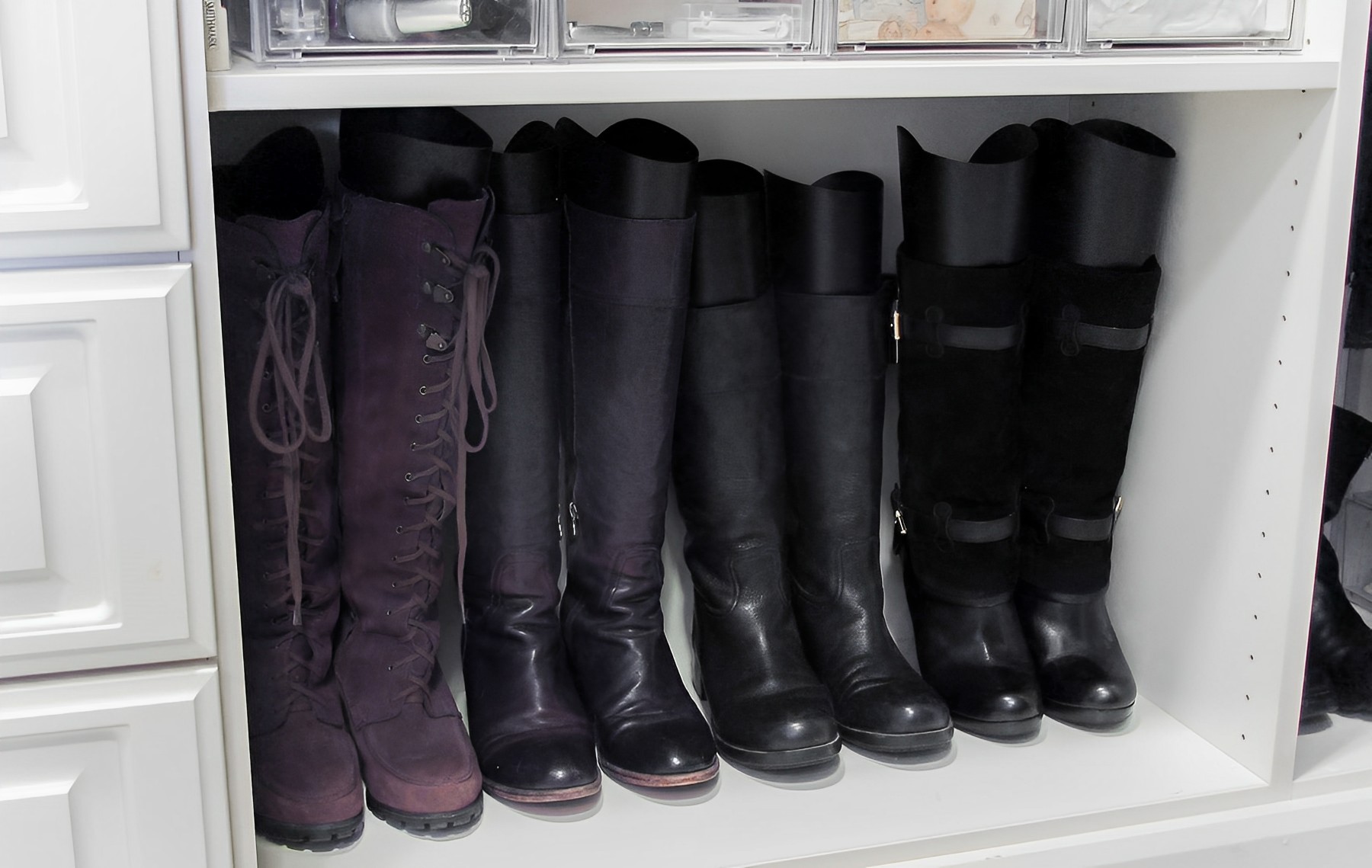
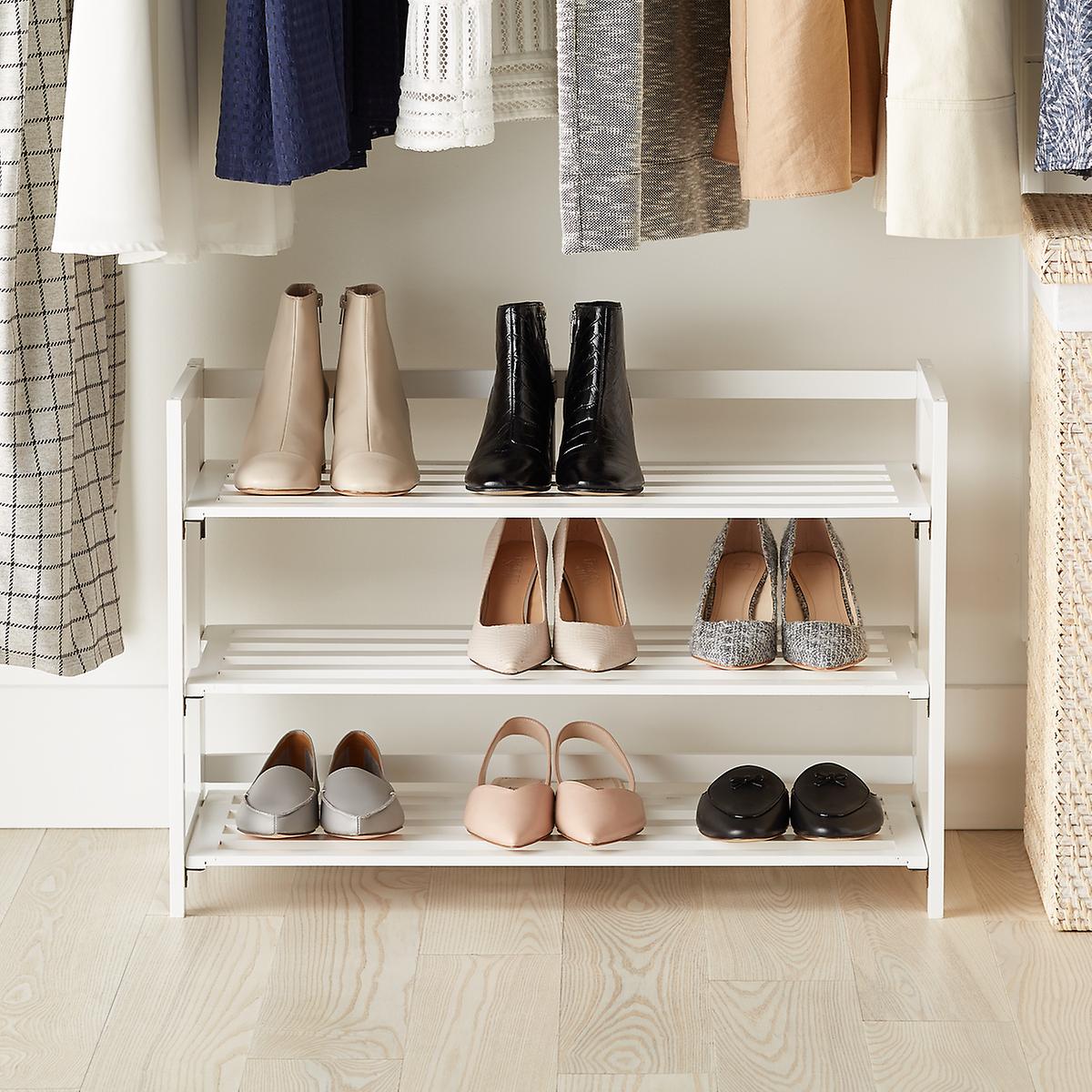
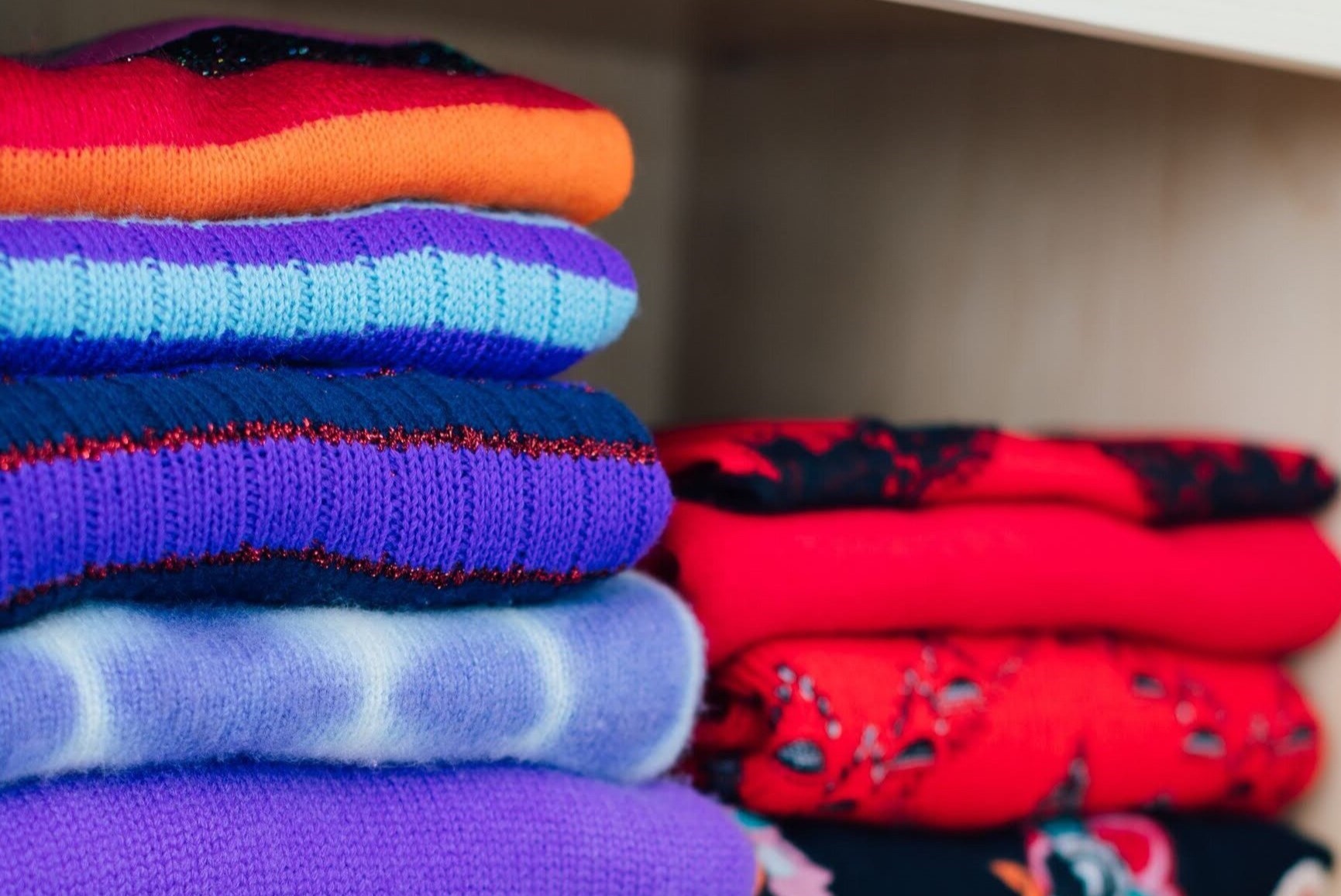
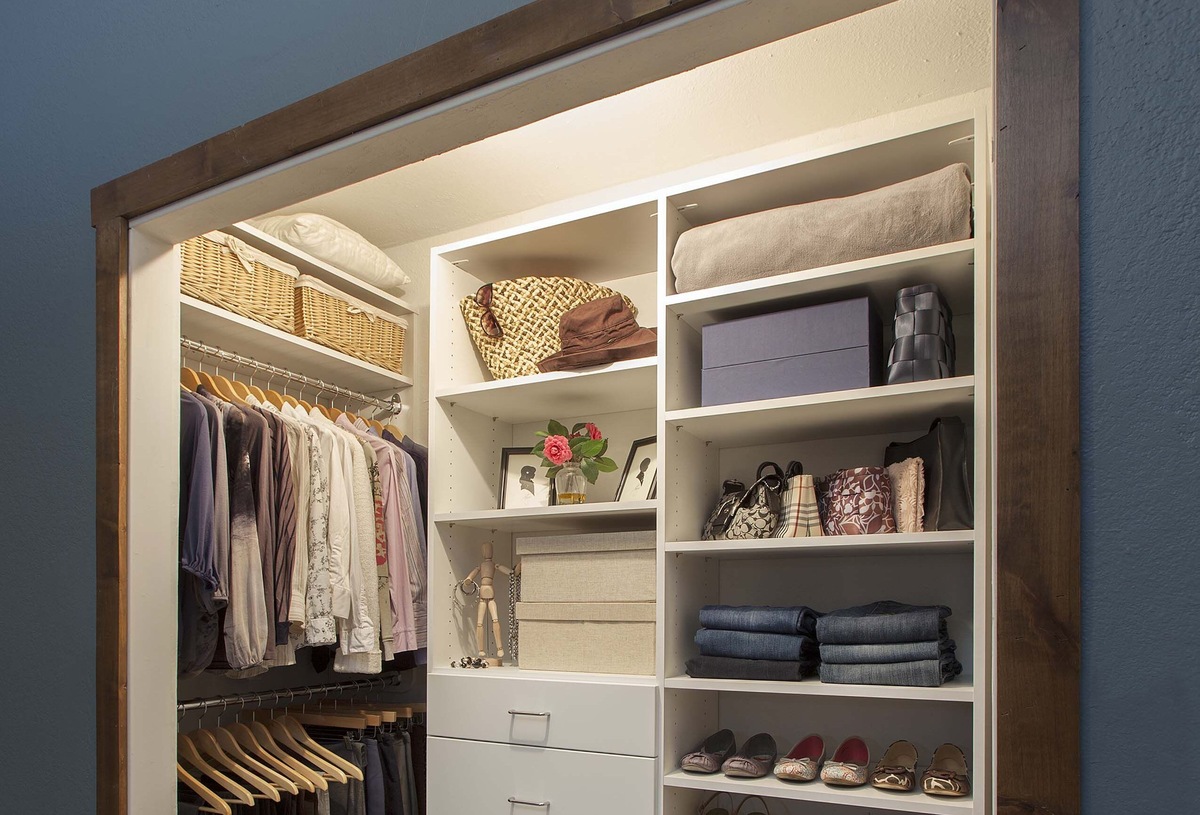
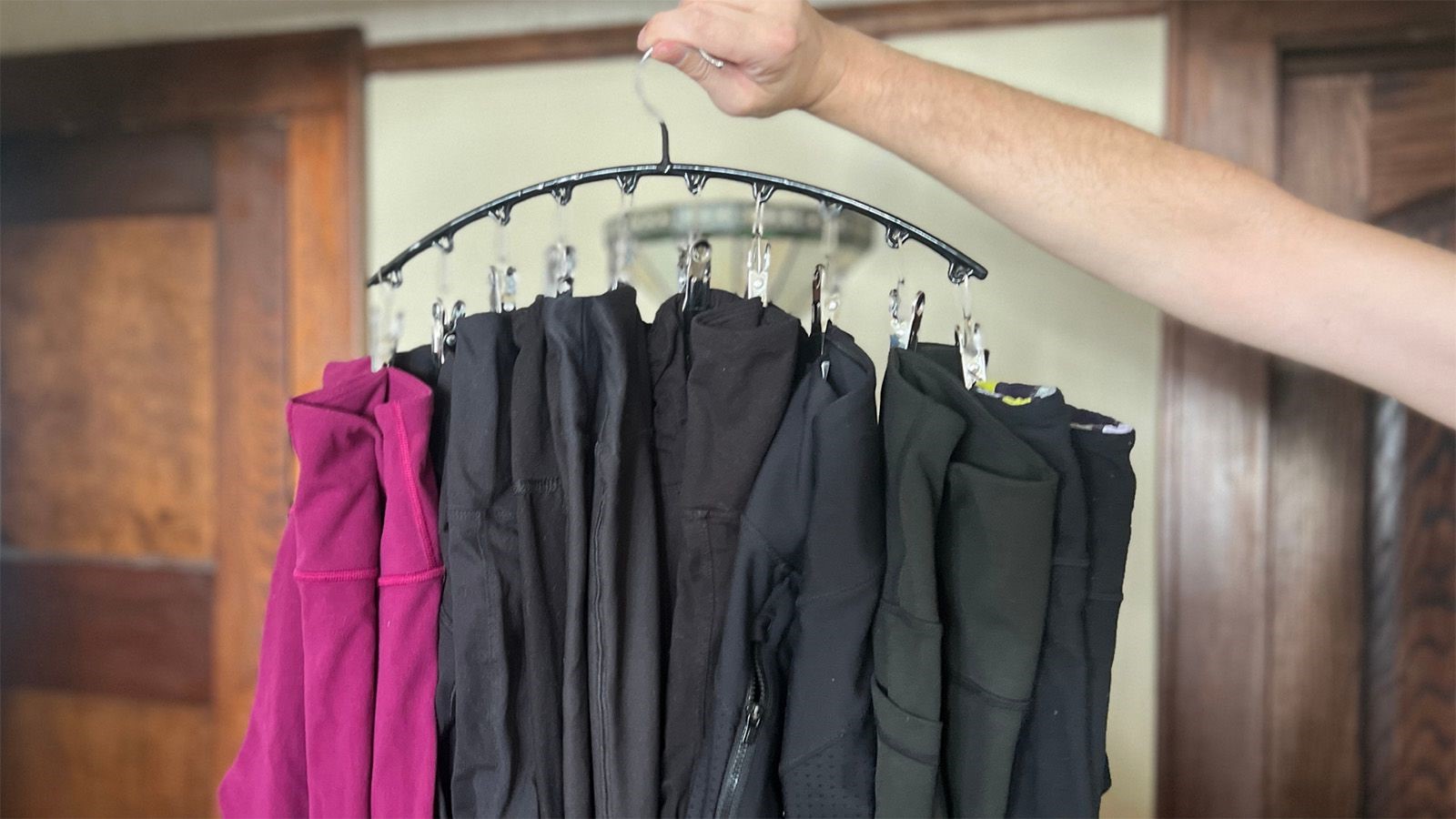
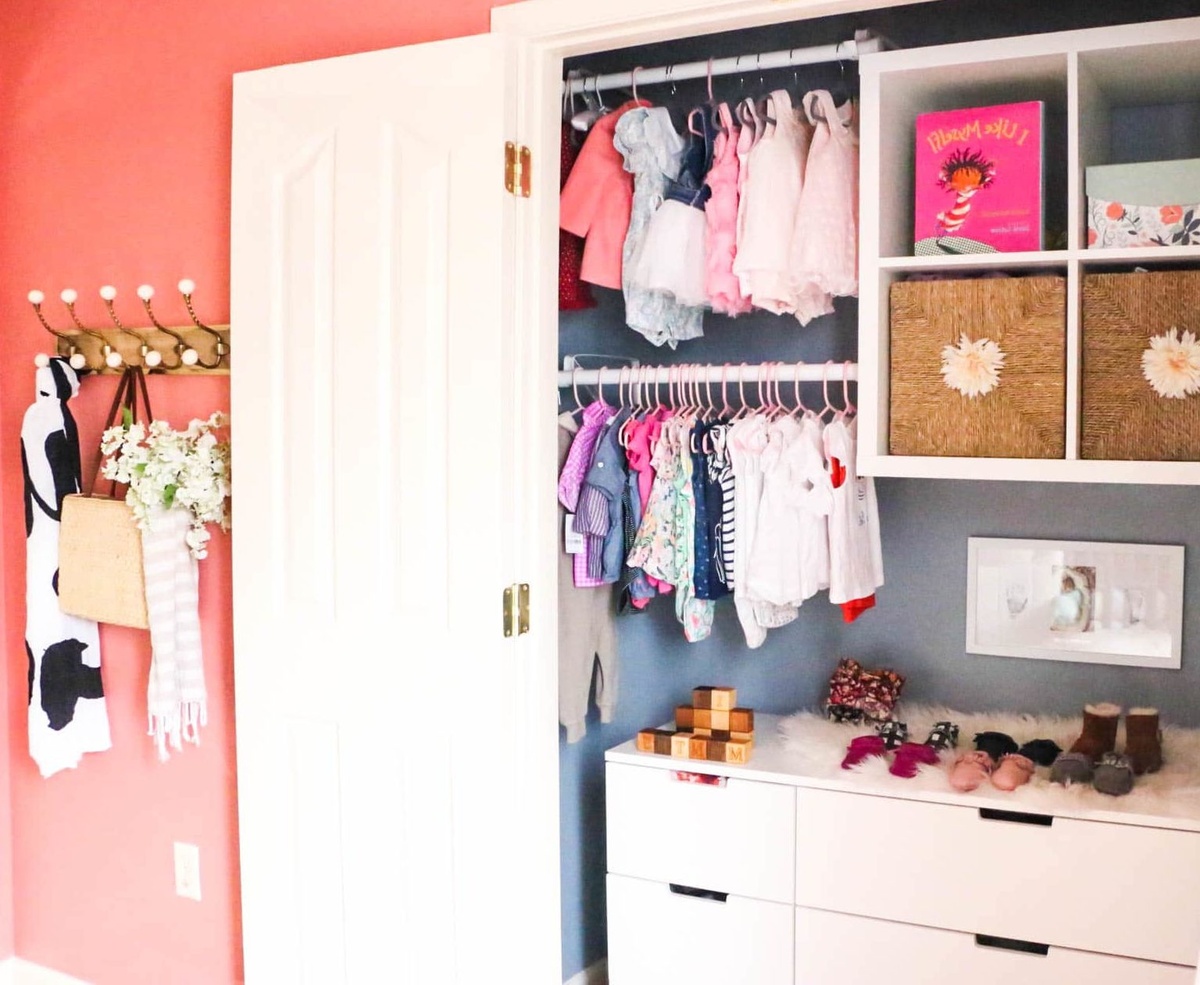
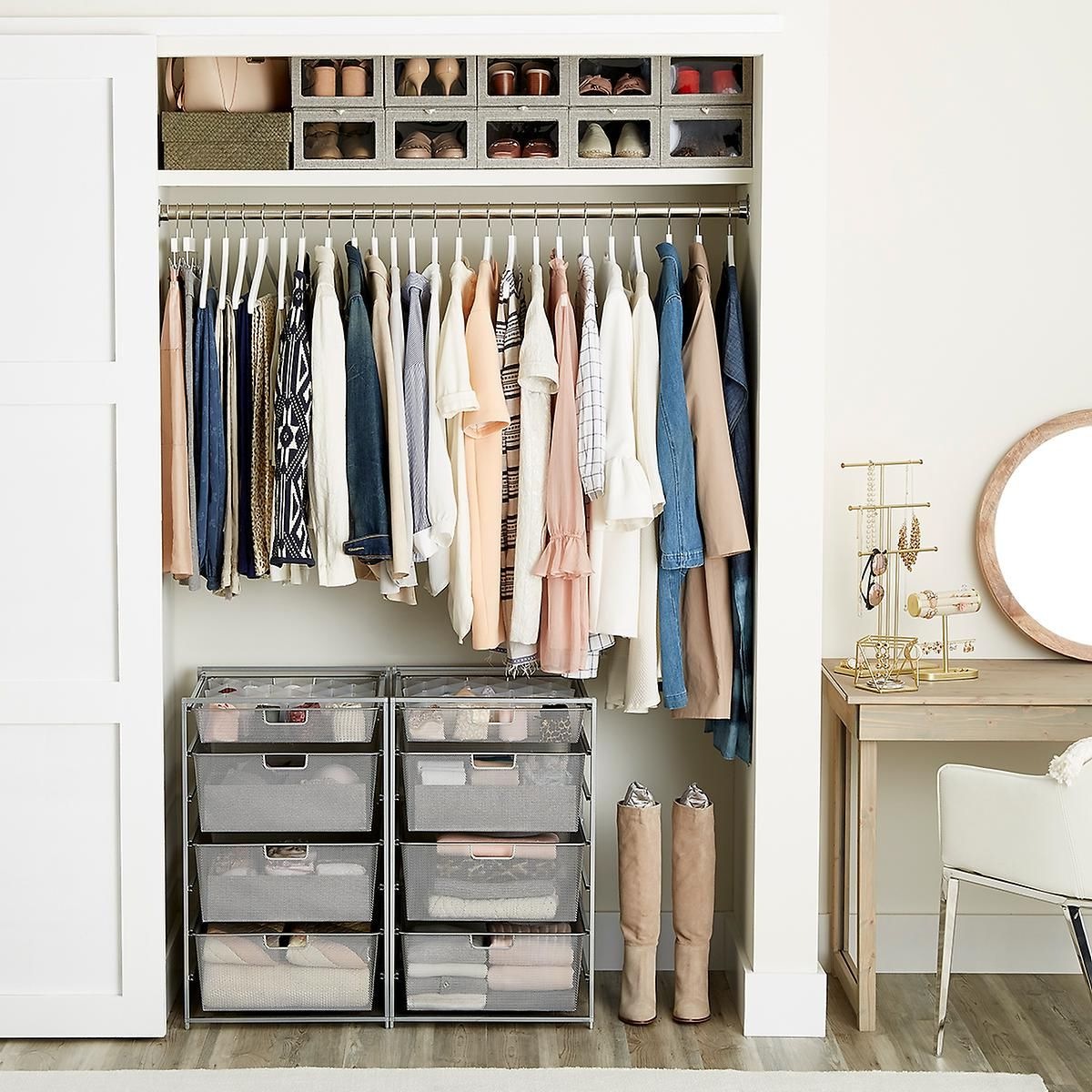
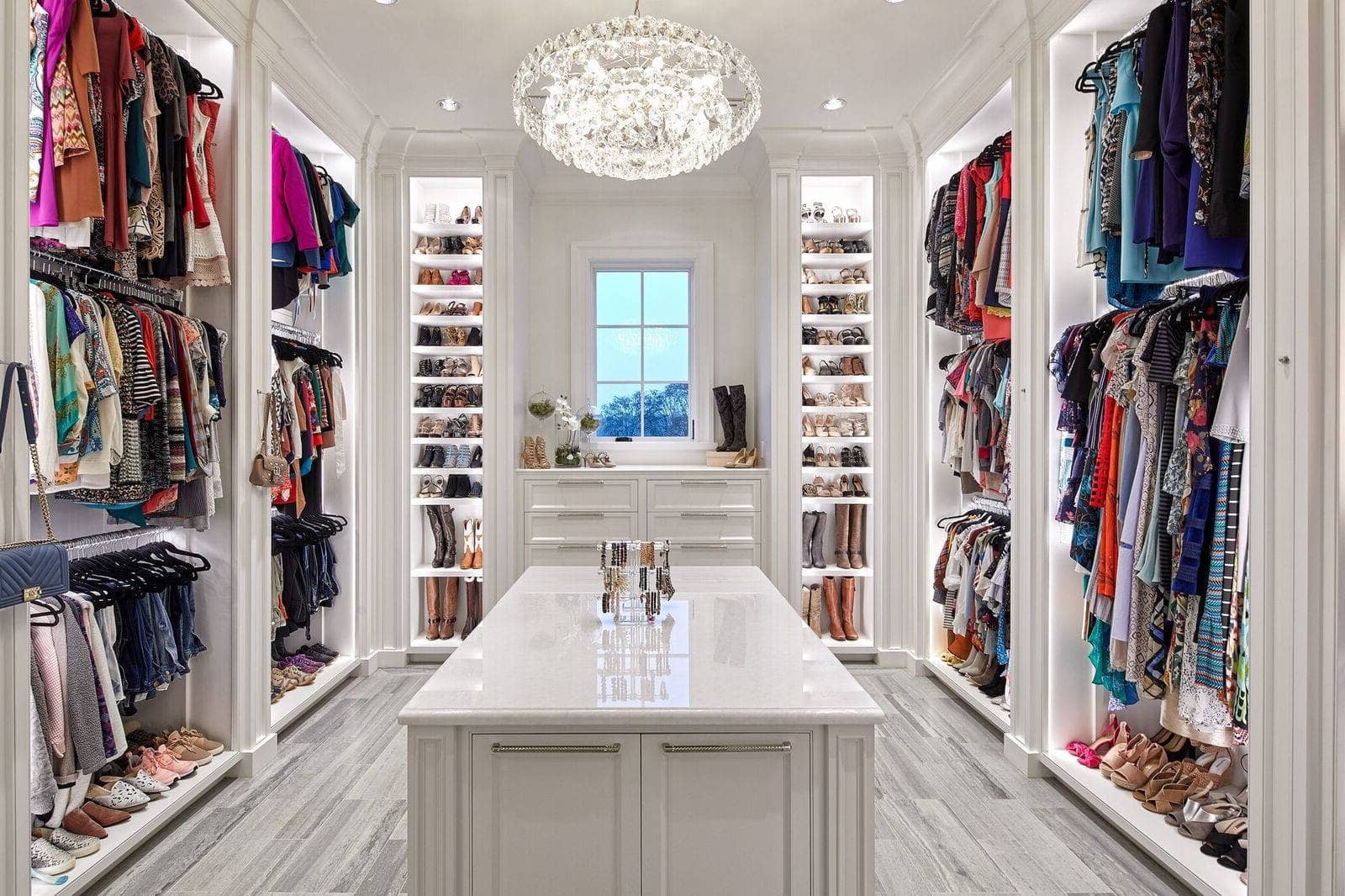
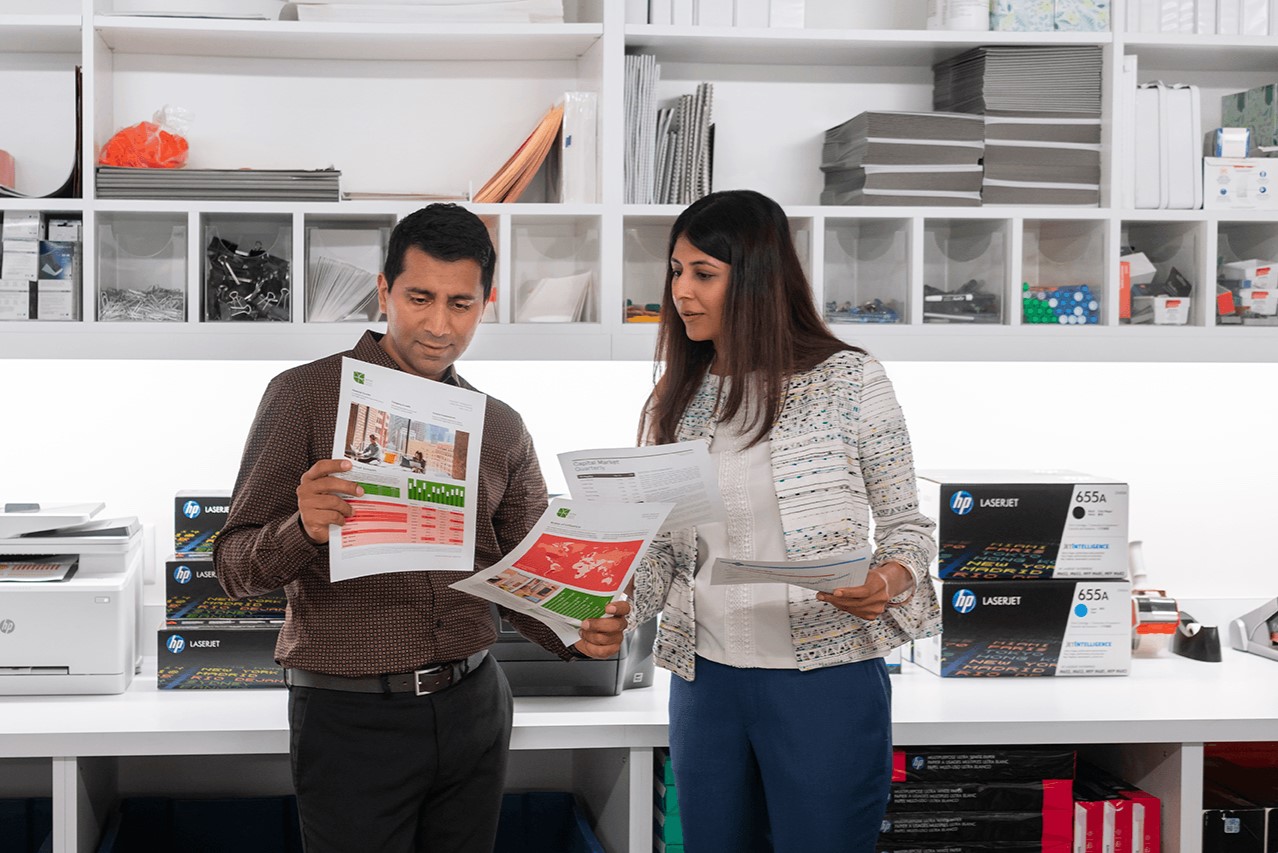
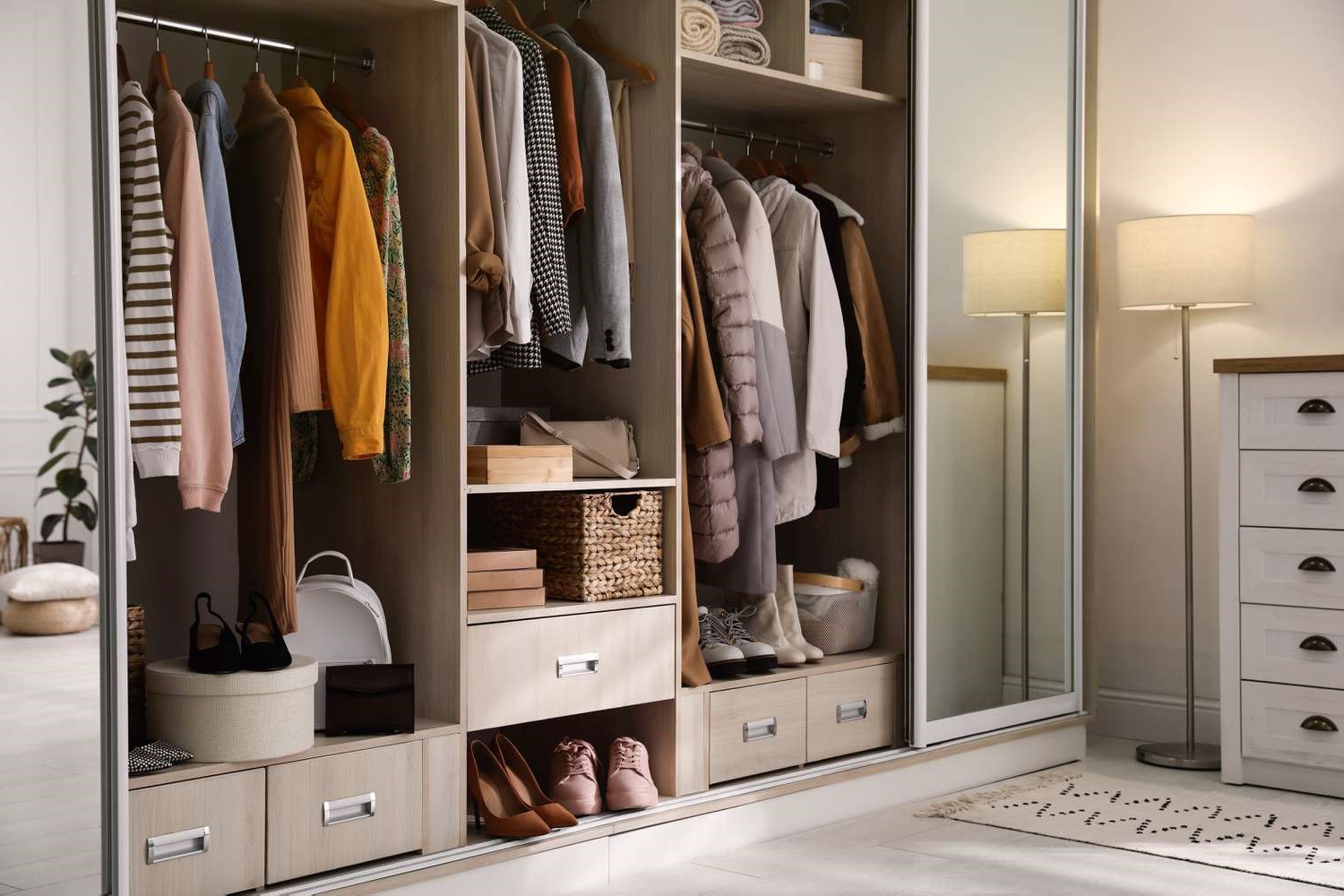

0 thoughts on “How To Organize A Small Closet”